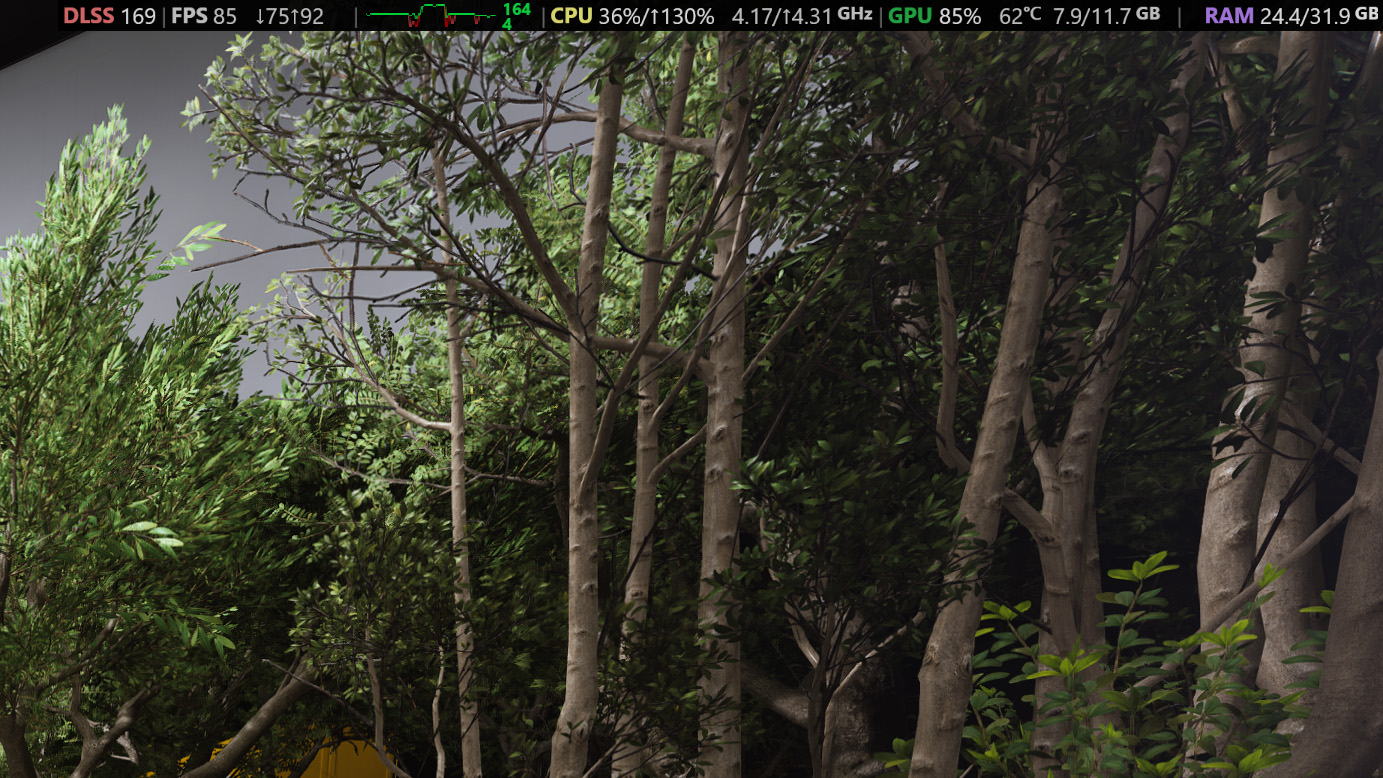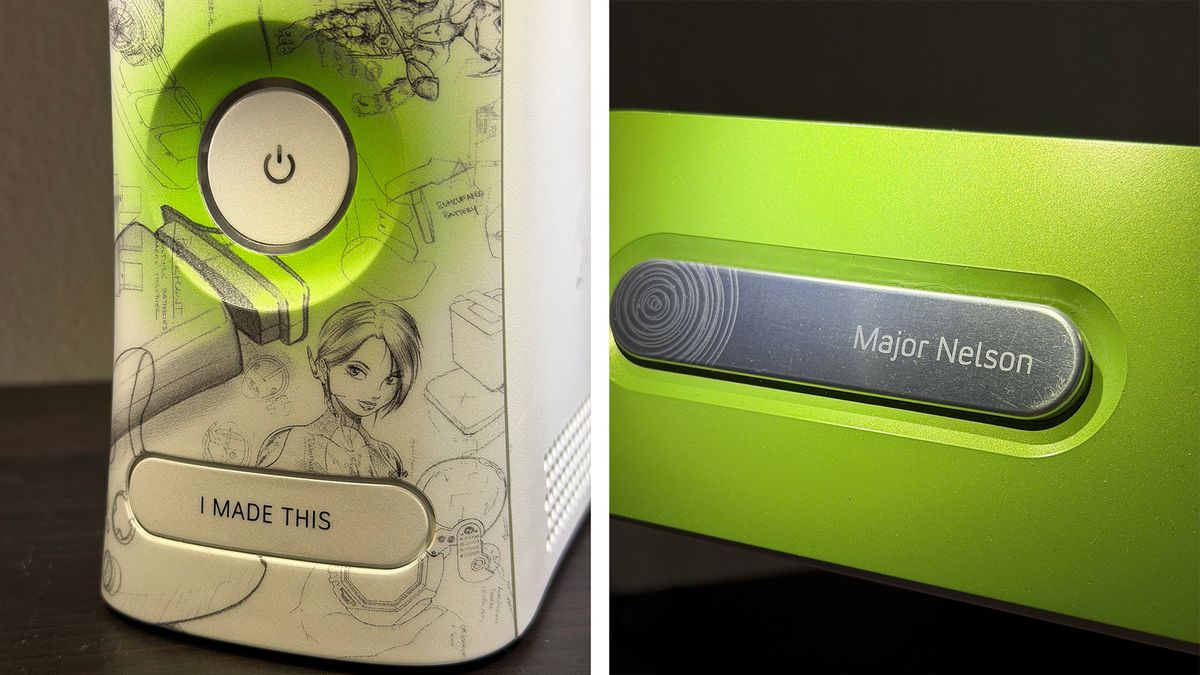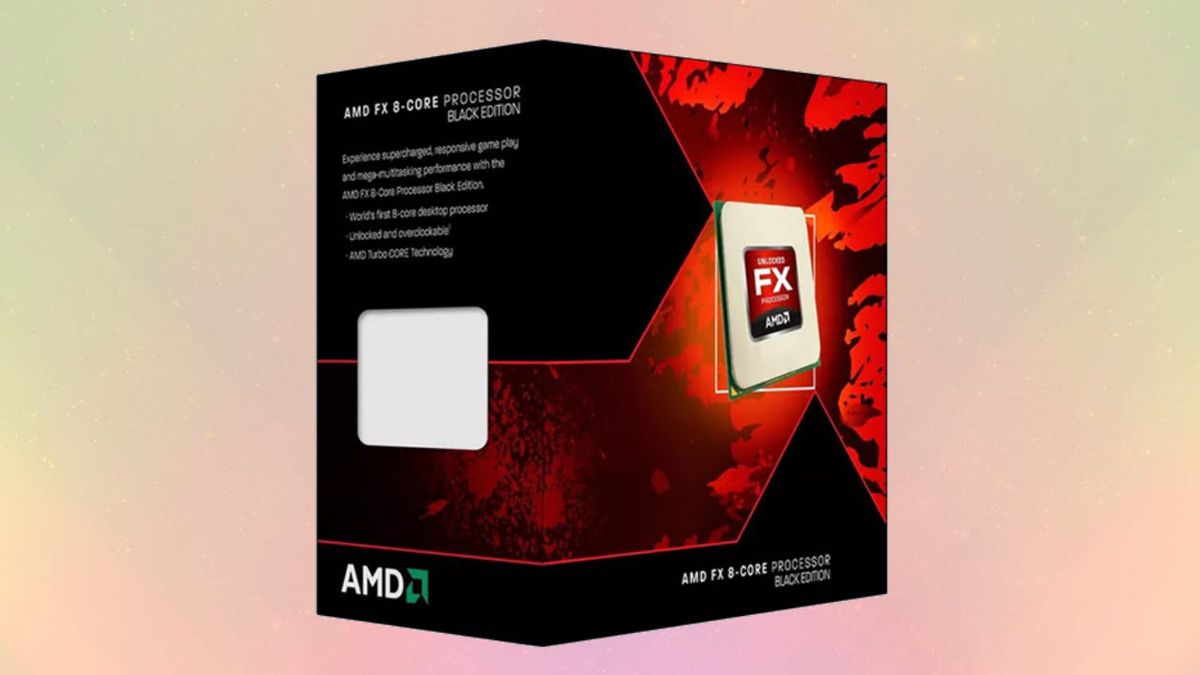Valve is finally working on a full in-game overlay for Steam that provides significantly more information than just frames per second (fps). The June 17th Steam Client Beta introduced an upgraded overlay that monitors hardware usage and supports DLSS/FSR frame generation monitoring.
The new overlay incorporates a more advanced fps monitoring system that includes an fps graph, as well as CPU usage/clock speed monitoring, GPU temperature monitoring, GPU memory usage monitoring, and RAM usage monitoring.

The fps monitoring portion now displays fps and frame rate fluctuations within one second of time. When turned on, the overlay will display the average fps, with two numbers to the right; one is associated with a down arrow and represents the minimum frame rate, and the other is next to an up arrow and represents the maximum frame rate (displayed over one second of time). It isn't quite the same as 1% and 0.1% lows, but Valve believes this is the best way to display potential micro stutter to gamers.
The frame rate graph displays average fps values over a 90-second window with a green line. A red line will appear if major frame rate dips occur, helping gamers detect micro stutter.
The fps section now supports AI-generated frame rate monitoring (as previously mentioned) when DLSS or FSR frame generation is enabled in a game. When active, the overlay will update itself automatically, displaying either "DLSS" or "FSR" in red and showcasing the number of generated frames next to the regular frame rate counter, allowing gamers to monitor both generated and native frame rates simultaneously.
CPU performance is monitored with the same "% process utility" method as it is in Windows. This method measures work done on the CPU based on the chip's base frequency. Microsoft introduced this method of monitoring CPU utilization in Windows 8 to provide a clearer monitoring solution on CPUs with turbo boosting technologies that constantly vary the CPU's clock speed.
Somewhat confusingly, Valve's utilization numbers will regularly exceed 100%, due to the limitations of the aforementioned "% process utility" method. The overlay will provide two numbers: the left number represents total processor utility encompassing all cores, while the right number represents the processor utility of a CPU's most-utilized core. Unlike Microsoft's implementation, Valve's CPU monitoring system will take into account turbo boosting, and so utilization percentages will go above 100% regularly on virtually all modern CPUs.
Valve's new overlay provides significantly more information than before — enough to compete with many third-party overlays. Valve's new overlay is also one of very few monitoring solutions that allows gamers to monitor both AI-generated and native frame rates simultaneously — a feature that will only become more useful as frame generation technologies become more mainstream.

 4 months ago
14
4 months ago
14










 English (US) ·
English (US) ·